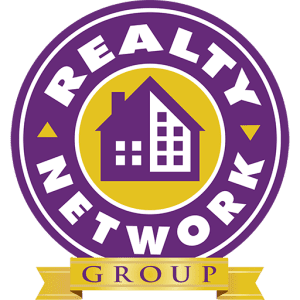Downtown living is a different way of life, especially in Northeastern Pennsylvania (NEPA). Whether it’s Scranton or Wilkes-Barre, there are arguably more amenities at your fingertips and a different mode of going about your daily activities compared to other areas in the region. Downtown living provides residents options for how they conduct their affairs and how they interact with their community.
Downtown living in NEPA is often perceived as being in sharp contrast to the more rural lifestyle so many from our region experience regularly. Most of our school districts cater to children from bucolic areas. Heck, even some from our communities will joke about how traveling into downtown Scranton is like entering “the big city.” Yet, there are those who migrated in from major metropolitan cities. To them, Scranton is as miniature as you get for downtown living!
The Electric City, as Scranton is also known, once built upon the shoulders of coal-mining families, has evolved into something of legend. On November 30, 1886, the first streetcar system run entirely by electricity, made its debut in America in downtown Scranton. Where there were once strong ethnic concentrated centers of Irish, Italians, Polish, Germans, Jews throughout parts of the city, a melting pot has sprung up giving unique spins on the culture. This is evident in restaurants like Thai Rak Thai or even two in the north side: Casa Bella and Ipanema Grille. There’s a new-found sense of hope for a rebirth movement in this city.
The rebirth of a city plays a role in downtown living done right. Some of the essential features that make for great downtown living are walkable sections of town; commercial space that is of the mixed-used category; gathering spaces for recreation, education and entertainment; a successful residential component; and accessible/affordable parking. While these aren’t the only features that make a downtown thrive, they should be on everyone’s radar. We believe Scranton is building towards something spectacular. Obviously there’s still work to be done, but economic revitalization efforts have been undertaken by the city and organizations, such as Scranton Tomorrow. We simply can’t overstate how vital this volunteer-based organization has been in transforming downtown Scranton, especially in recent years.
Being a walkable community makes for great downtown living. Wide sidewalks, decorative courts/side-streets, greenspaces and removing graffiti/litter are ways to create pleasant spaces for pedestrians. Having a mixed-use mindset is also necessary for any new development and construction that takes place in the downtown area. Pedestrians want to be able to connect to the larger community, which surrounds them, and they want to feel welcomed as they venture around town. Community connection goes beyond commercial businesses. Connecting at events, drinking establishments, performing arts centers, fairs, movie theaters, parks, artisan markets, just to name a few is important for the creation of downtown living, which is a step above the rest. People want downtown living to be their city’s family room, especially in the later hours of the evening. Having affordable and convenient housing as well as parking are also what makes downtown living click.
Since COVID, we’ve experienced a trend in NEPA whenever possible where restaurants and pubs have provided more opportunities for patrons to enjoy food, drink and entertainment outside, in larger upgraded/converted spaces or in semi-covered areas, usually a back patio space or front of a building. Other accommodations have been made at hotels, convention centers, etc., but restaurants seem to have been the most creative to date.
A recent positive trend with respect to downtown living has been a decrease in vacant commercial space. When more businesses are leasing space or renting larger spaces, or when developers start thinking about catering to a person’s balanced lifestyle rather than only one of their aspects, everyone wins. In Scranton, one great example of a business who has done exactly this and has doubled-down on investing in the downtown area is Noteology. For downtown living to be done right, it’s all about a lived experience which is optimized and shared by residents and visitors to the city. Create a story and memories, then some of the first steps toward building a flourishing downtown are realized.
Successful downtowns don’t sprout up overnight. They take time, hard work, cooperation, great minds, forward-thinkers, patience and the like. To produce a “live-work-play” community in Scranton, or anywhere for that matter, takes these things in addition to the attributes described above.
* Image courtesy of Discover NEPA
Real Estate and Houses for Sale in Scranton, PA
